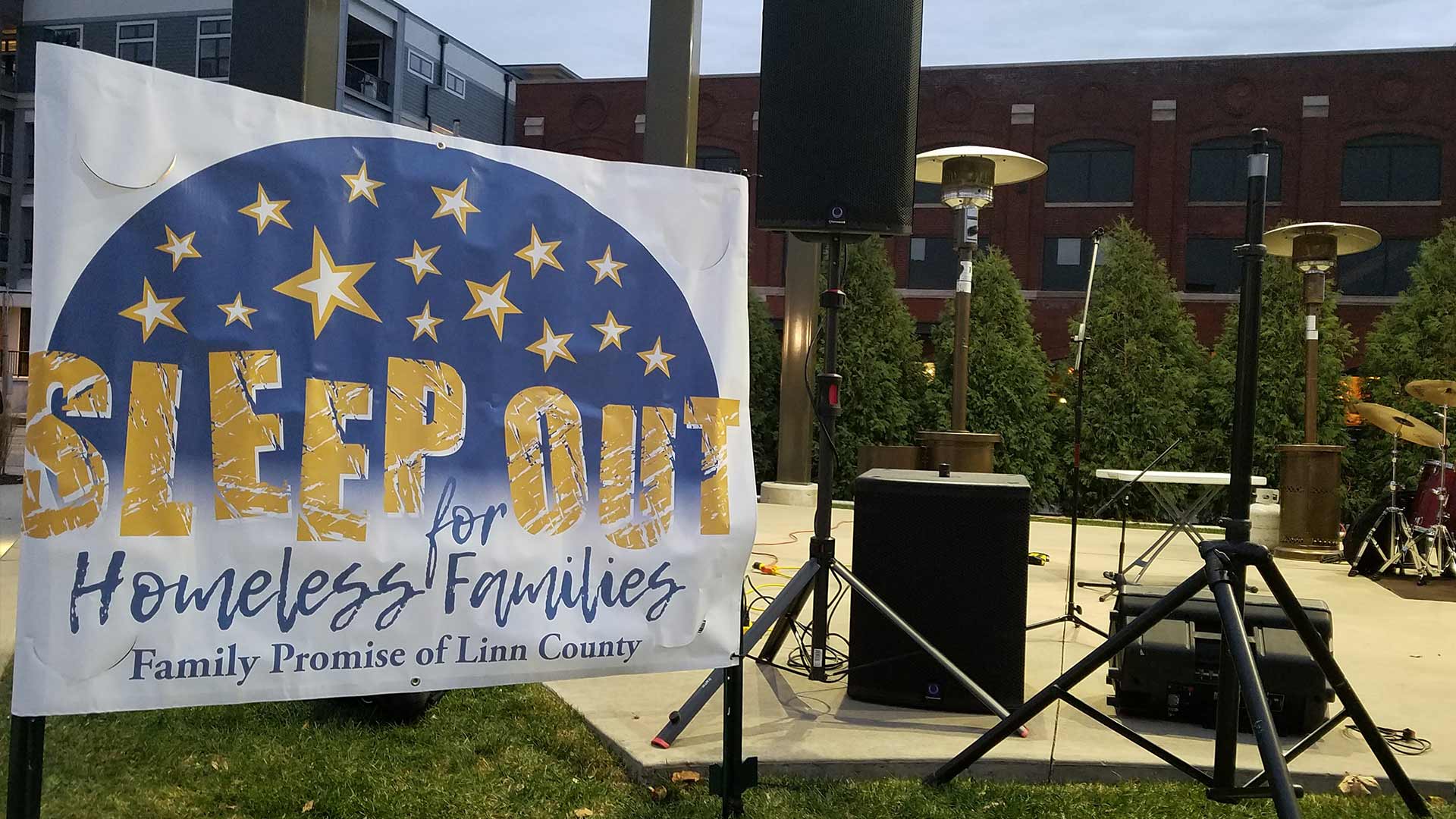Once upon a time, we could spend all day on Thanksgiving enjoying time with family and relaxing in the afternoon watching football (or binging on Hallmark movies). Today, that’s often not the case. We rush through our holiday celebrations and hurry out to the store or ready our computer screens to be first in line on Black Friday Thursday. “Seriously,” we all ask ourselves, “Can’t we just get through one holiday at a time?” Alas, the answer is no and the same holds true for nonprofit year-end fundraising campaigns.
The nonprofit industry has progressively rolled out year-end campaigns earlier and earlier over the past decade and presently tend to begin sometime in November prior to Thanksgiving. We could give several reasons for why this is the case, but the simple “why” is that it works. However, dropping a year-end appeal before Thanksgiving is only a small piece of a successful strategy. There are several pieces that are part of the equation including a strategic message and calendar, Giving Tuesday, delivery methods and targeted messaging. Roughly one-third of all charitable giving happens at year end. A planful year-end strategy is not only important, it is pivotal to the success of all nonprofits. How do you make sure that your nonprofit is doing it right?
Make a Plan
Start early (like now) with a strategy and identify each person’s role. Each member of your fundraising team has an important role to play in the year-end campaign. If you have a task master on your team, put that person in charge of making sure things happen. There is nothing worse than an awesome appeal that goes out the door just a little bit too late. Start by putting all of the parts to your campaign in a calendar: writing, designing, editing, printing, drop dates, personal asks…all of it.
Decide on a Message
Look at your overall fundraising strategy and communications calendar. None of these things exist independently (or at least they shouldn’t), each fundraising effort and communication piece should be connected in theme, message and brand. For nonprofits that run on a July to June fiscal year, the organization’s annual report is often a critical piece of year-end fundraising efforts, often releasing in early to mid-fall. For nonprofits on a January to December fiscal calendar, the annual report is not any less important, but its role shifts a bit. I personally prefer to decide on an overall theme for messaging each calendar or fiscal year, something unique that ties to the organization’s core message. The theme should feel fresh and impactful. Using the annual report and year-end appeal in tandem, one option might be to use a continuation of a story you told in your annual report for the year-end appeal.
Paint a Story
Whether you are creating an appeal that is a continuation of an earlier story or something new, your story should do one key thing — make the reader FEEL something. The reality is that people give for many reasons, but they never give unless they can believe in the mission of an organization. A year-end appeal (or any communication piece for that matter) does not need to tell everything you do, but it should uplift the impact of your work and the donors’ critical role in making it happen. Tell the story of one person, one animal, one group — one something. Tell the details. It’s the little things like a homeless child being able to celebrate her birthday in spite of her present living situation or a dog who was once afraid of people due to abuse, snuggling next to its new owner at night. It doesn’t have to be anything big, just something that demonstrates what you do thanks to donor support. Photography and video can and should help your story, but make sure to focus on the narrative and telling a compelling story.
Make it Happen
Execution is critical. Be sure to stick to your calendar for your campaign. Don’t get worked up by every shiny object that is put in your path. For example, Facebook’s Giving Tuesday match in 2018 got a lot of hype followed by a lot of confusion and frustration after folks read the fine print — the match was limited to $7 million worldwide and the max was reached within 30 minutes. Stay the course. Include a Giving Tuesday component to your campaign, but don’t obsess over it. Social network space gets very crowded by nonprofits in and around the annual giving day. Focus on holding to a well rounded approach and focus your efforts on the communication methods that work best for your donors.
If you start early and hold true to your plan, not only will you have breathing room to pivot if something goes awry, you might actually get to enjoy Thanksgiving (assuming you aren’t in line at your favorite store at 5pm on Thanksgiving Day).
This article originally appeared in the Corridor Business Journal.
Image by HeatherPaque from Pixabay.





















